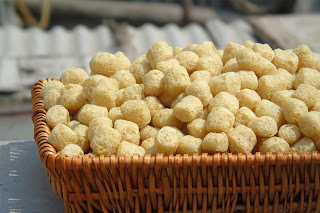Introduction of Soy Textured Protein
The tissue protein has different forms such as granular, block, flake, filamentous, etc., with different shades of yellow-brown, and its network structure is arranged in a directional arrangement to form elastic and tough fiber bundles or layers, which make it similar when eating. The bite strength of carnivorous muscle tissue. Typical tissue protein contains about 60% protein.
Industrial production methods include: (1) Extrusion method. Using defatted soybean meal as raw material, it is organized by the shear force formed by the extruder. The protein produced by this method, also known as extruded protein, can be used as a base material for artificial meat or as an increase in meat products (2) Textile method. Using soy protein isolate as raw material, using a manufacturing process similar to rayon, the soy protein filamentous fiber is called spun silk protein. It can be used as a muscle fiber material for high-grade meat-like products. This method has not yet been industrialized on a large scale.
Textured soybean protein is the conversion of globulin in defatted soybean meal into silk protein and fibrin. Because of its good water absorption and oil retention, when added to meat products, it can increase the color, aroma and taste of meat products and improve protein The content promotes the integrity of the particles, so it is an ideal meat product additive. In addition, the tissue protein has a good granular structure. After soaking, it can be made into vegetarian foods with various flavors. In the process of processing the tissue protein, different flavors can be added, and then added to convenience foods and snack foods. Prepare foods of different flavors.




评论
发表评论